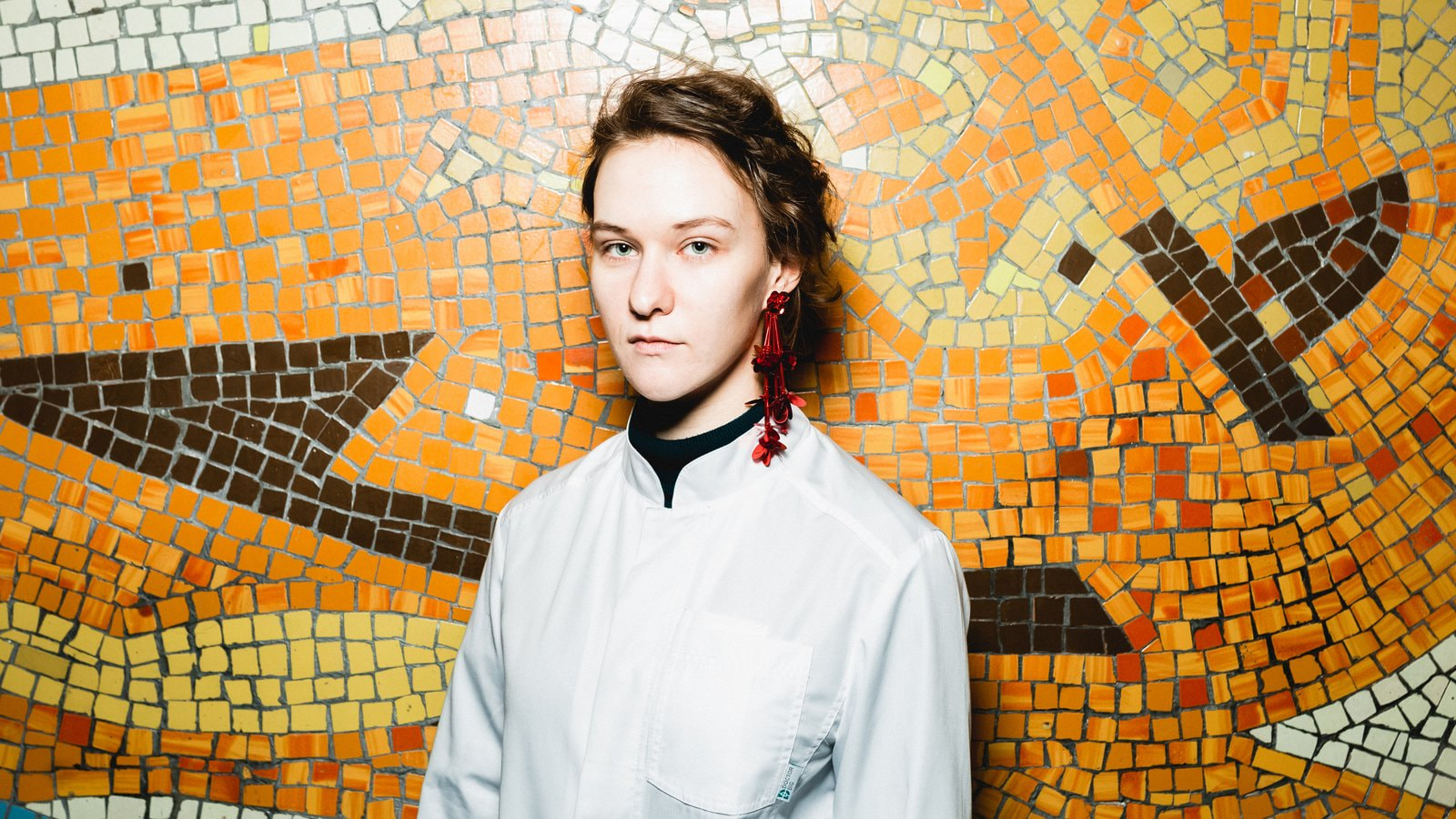Anna Nepsha’s Diary
It has been my first take on Art Experiment, even though I always liked its conception of a new year’s holiday extension with immersion, “gifts” from the Museum and novel (we can even say experimental) sensations. I think interdisciplinarity—the interconnection of humanitarian and technical sciences—is typical for Art Experiment as a series of projects. At the same time, as it is aimed at children, it articulates scientific knowledge via horizontal networks with artworks, rather than as absolute truth. It is obligatory to have an experimental space in a museum institution, and Garage does a great job in making it happen.
I cannot say that olfaction in art was a totally unknown subject for me—but it was not an extremely familiar theme either. After the launch of the project I began noticing that there are olfactory performances on show in Moscow, articles about smells in the media, and even saw an announcement of an opera where smells are used. Who won’t believe in the noosphere after that!
One visitor, a young boy, explained the role of mediators on this project very precisely. He said that mediators are part of the nervous system. They transfer information between the cells, leading to emotional response: serotonin, dopamine, adrenaline, and there also neuro mediators. So, in the eyes of the boy, our function is to create mood through information transmission. His comments seemed very valuable to me, since there were situations when I felt like I was not able to fulfil my immediate task—to be an agent between a person and an artwork, produce communication, discussion, conversation. There was neither enough time for all that (the “journey” was strictly timed), nor human resources (the groups were too large for individual mediation). At some stage, the project turned into a challenge. But the boy’s words allowed me to look at Art Experiment from a different perspective.
What was especially invaluable on this project is meeting people with trained in the field of perfumery. People who have worked closely with smells and identification of smells pick out special metaphors. They revealed a lot of new nuances in the smells that I thought I knew well.
I also remember a little girl who, too my great pleasure, quickly understood what the project is about, and, when I gave her the map, she said that it smelled like hay. Such instant engagement in the idea and the game! Adults sometimes lack this.
The project proved to be a successful extension of our ideas about the smell (even in the mundane meaning of the word) of an artwork. For example, a scented candle is an everyday object with which it turns out to be possible to work and interact in a completely new way. Smell creates space and becomes part of our everyday, aesthetic, and emotional experience.
